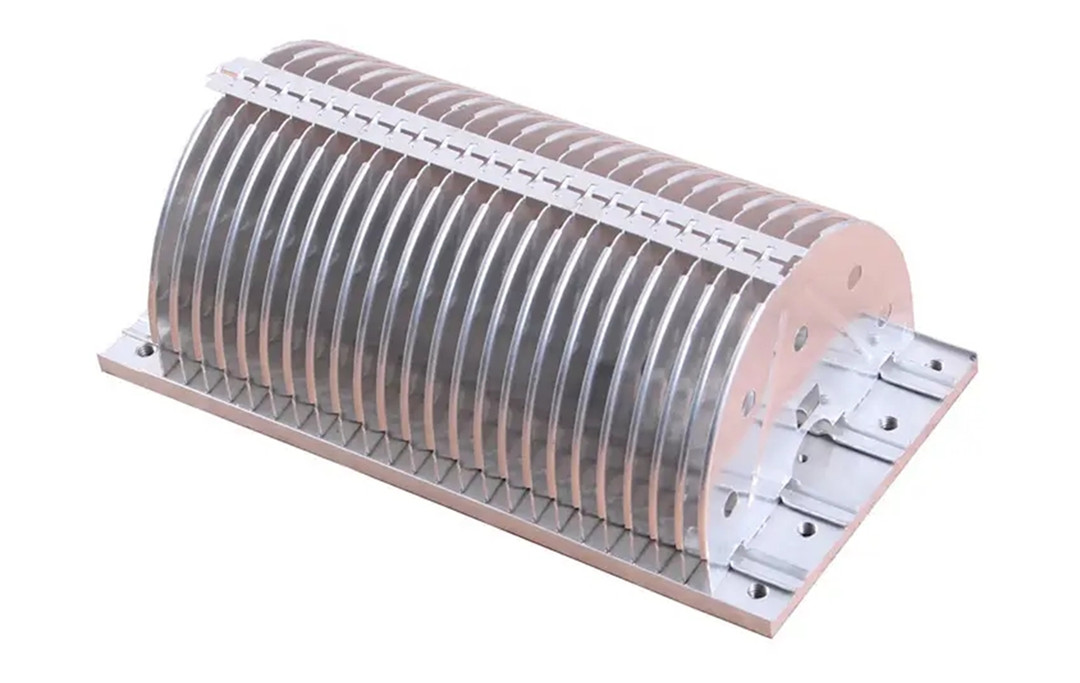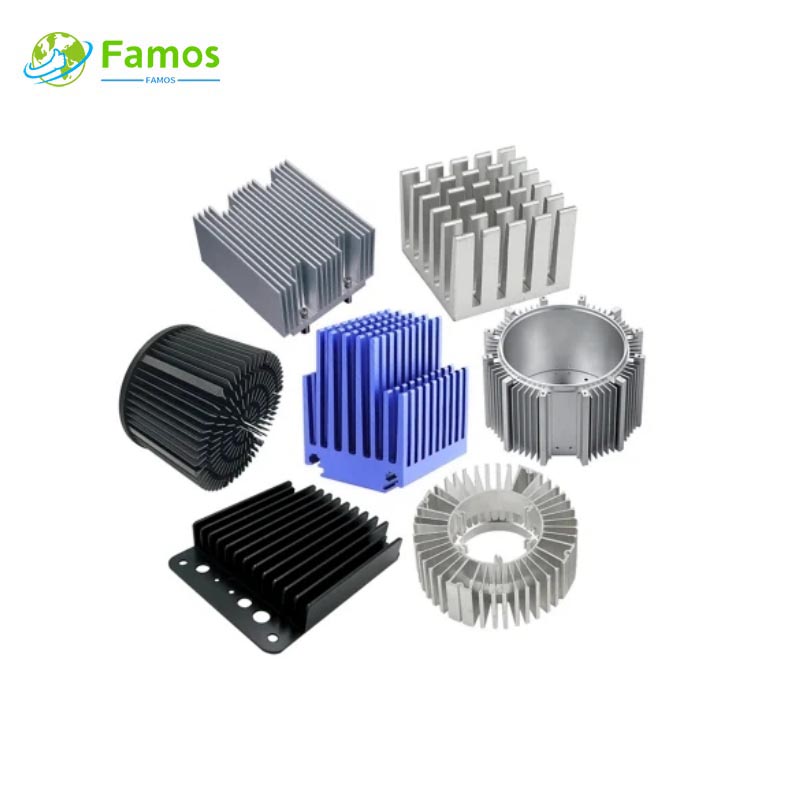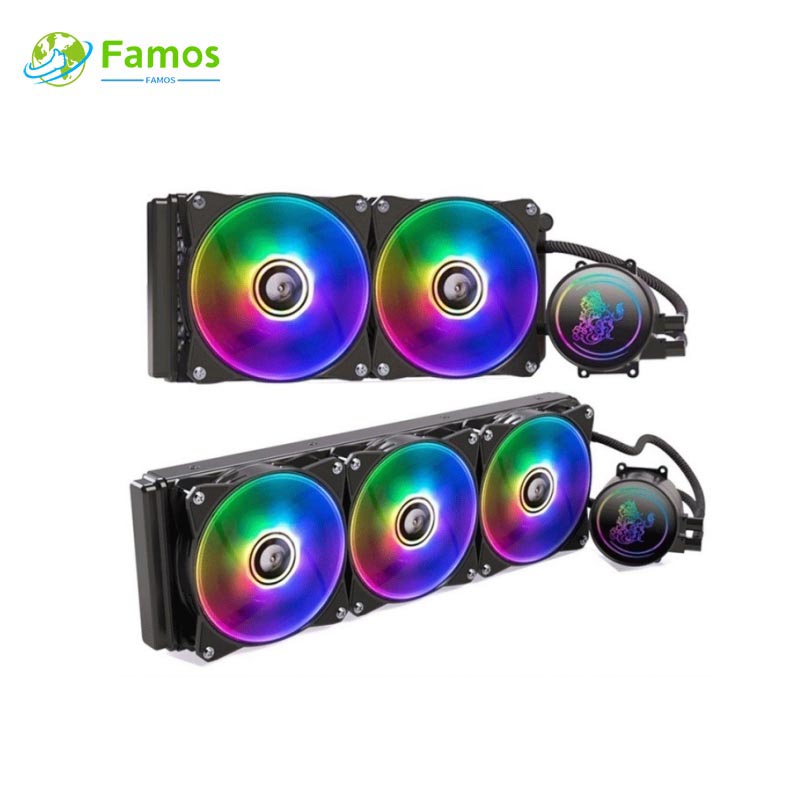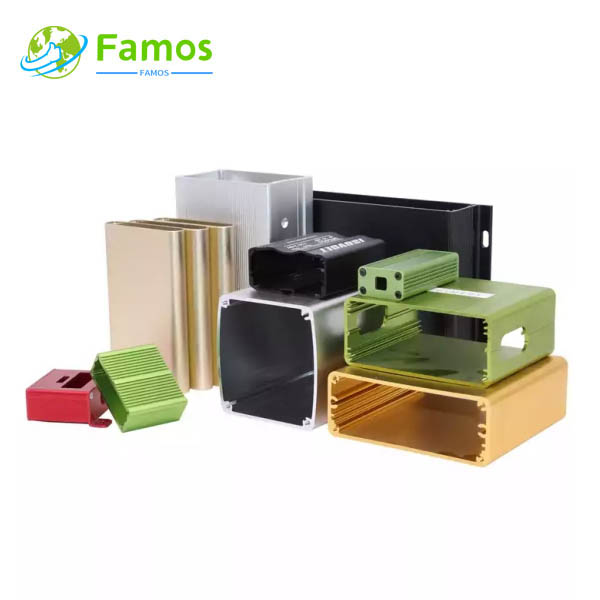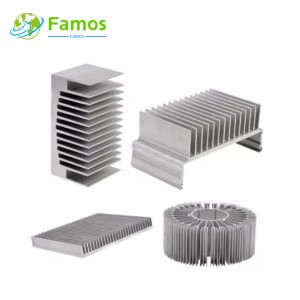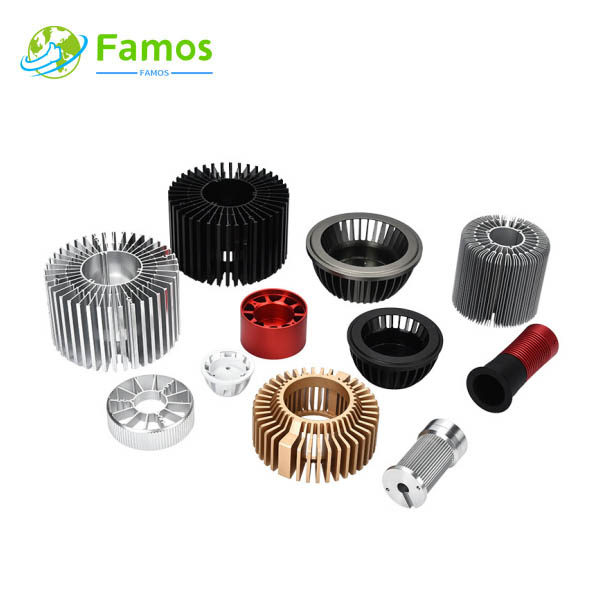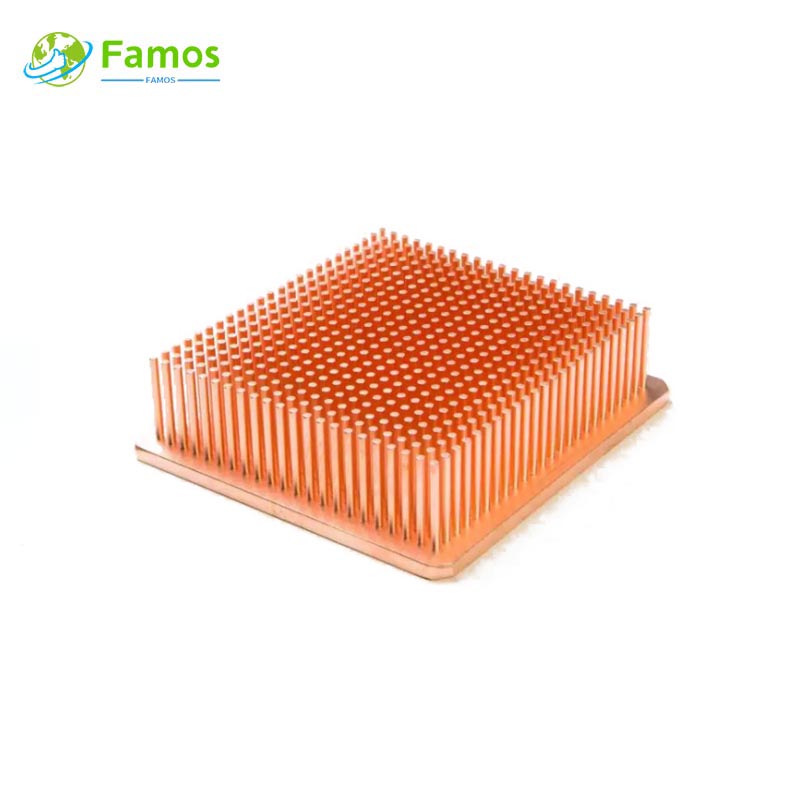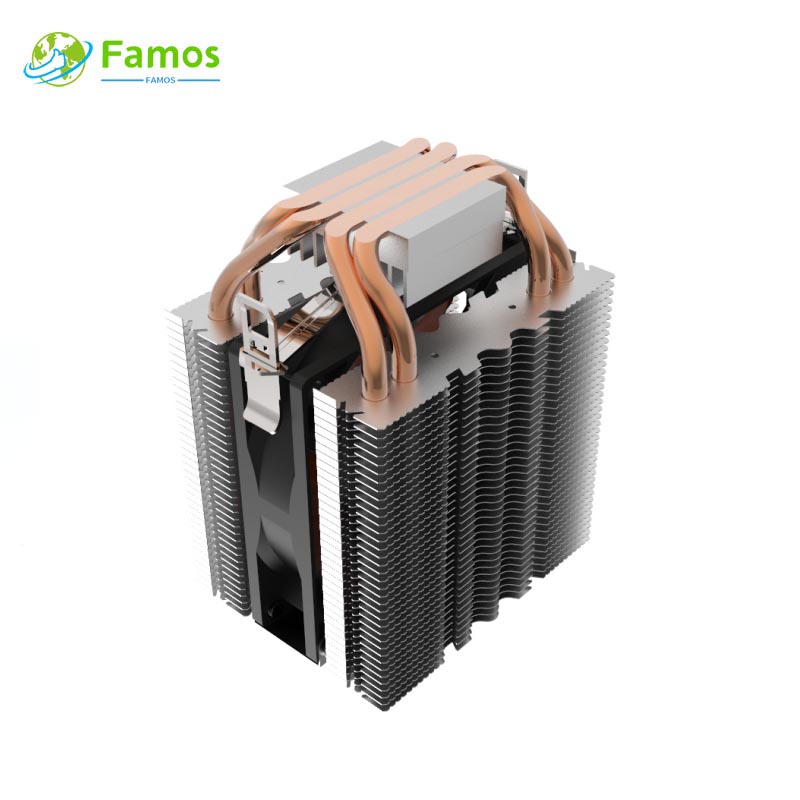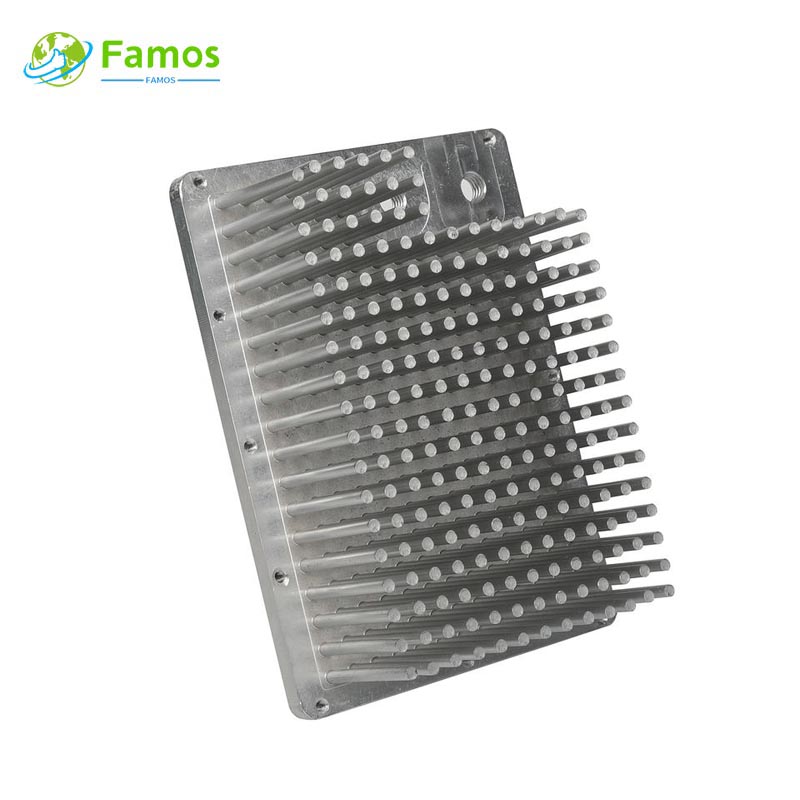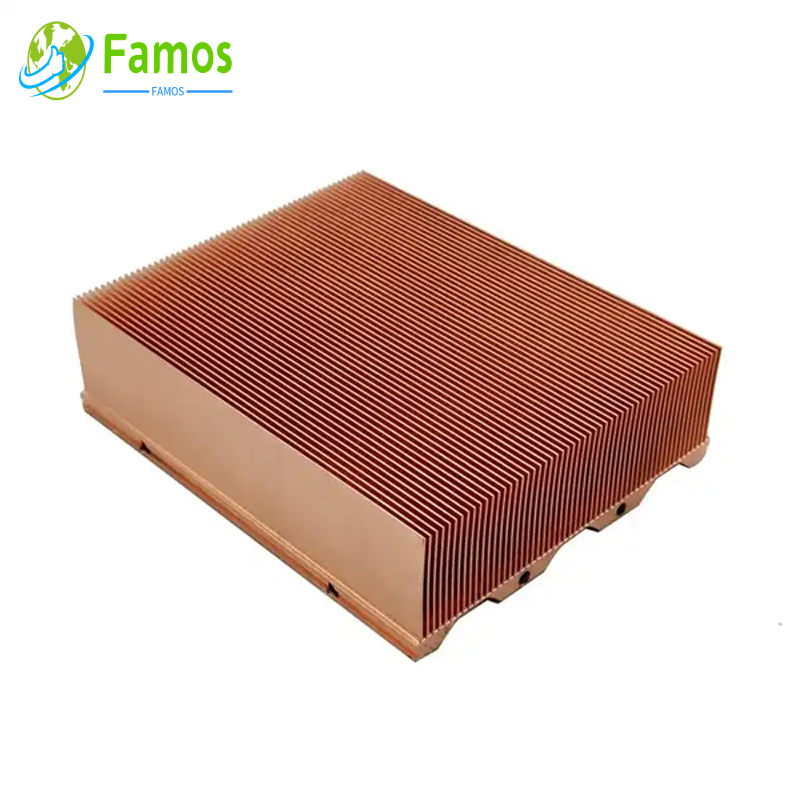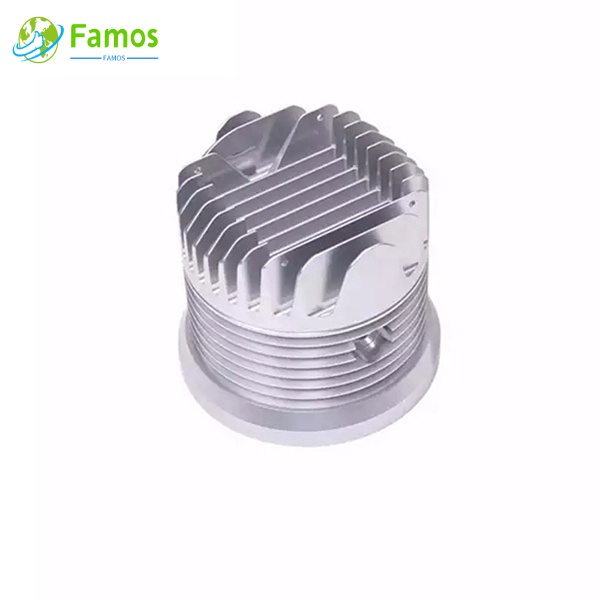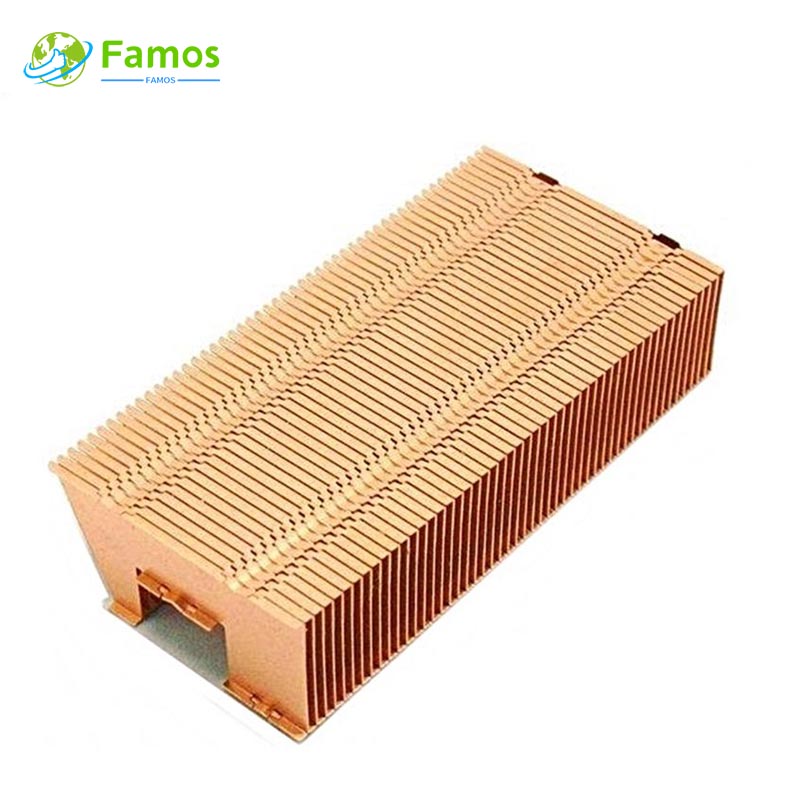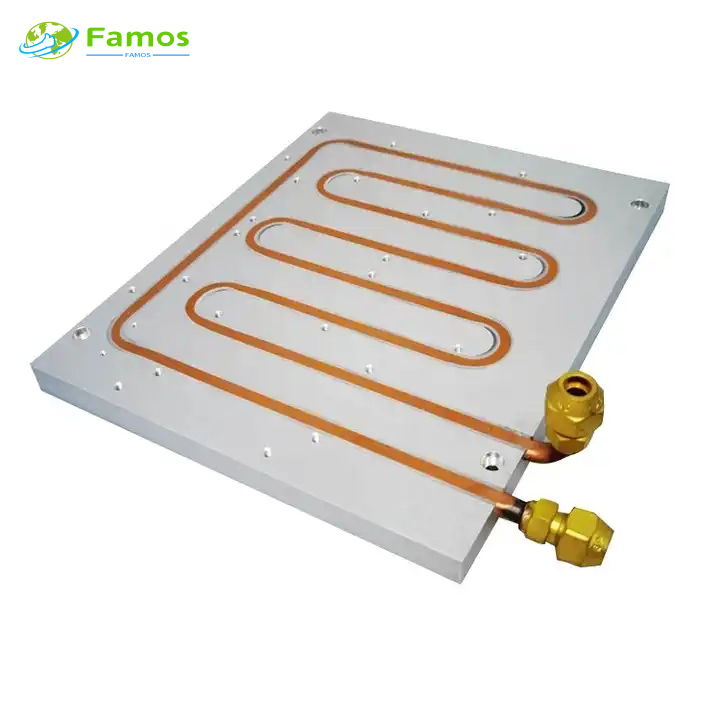Heat Sink Heat Dissipation Mode
Heat dissipation mode is the main mode of heat dissipation of heat sink. In thermodynamics, heat dissipation is heat transfer, and there are three main ways of heat transfer: heat conduction, heat convection and heat radiation. When substance itself or substance contacts with substance, the transmission of energy is called heat conduction, which is the most common way of heat transmission. For example, the direct contact between the CPU heat sink base and the CPU to take away heat belongs to heat conduction. Thermal convection is the heat transfer process of flowing fluid (gas or liquid) moves heat away. Thermal radiation is the transfer of heat by ray radiation. These three types of heat dissipation are not isolated. In daily heat transfer, these three types of heat dissipation occur simultaneously and work together.
In fact, any type of heat sink will basically use the above three heat transfer methods at the same time, just with different emphasis. For example, the CPU heat sink, the CPU heat sink directly contacts the CPU surface, and the heat on the CPU surface is transferred to the CPU heat sink through heat conduction; The air flow generated by the cooling fan takes away the heat on the surface of the CPU heat sink through thermal convection; At the same time, all parts with high temperature will radiate heat to the parts with low temperature around.
Passive Heat Sink
A heat sink dissipate heat mainly through heat conduction without any additional auxiliary devices to improve heat dissipation , we often call this kind of heat sinks as passive heat sink. We often see this passive heat sink in many applications, such as the common extruded heat sink, skived fin heat sink, die casting heat sink, cold forging heat sink etc.
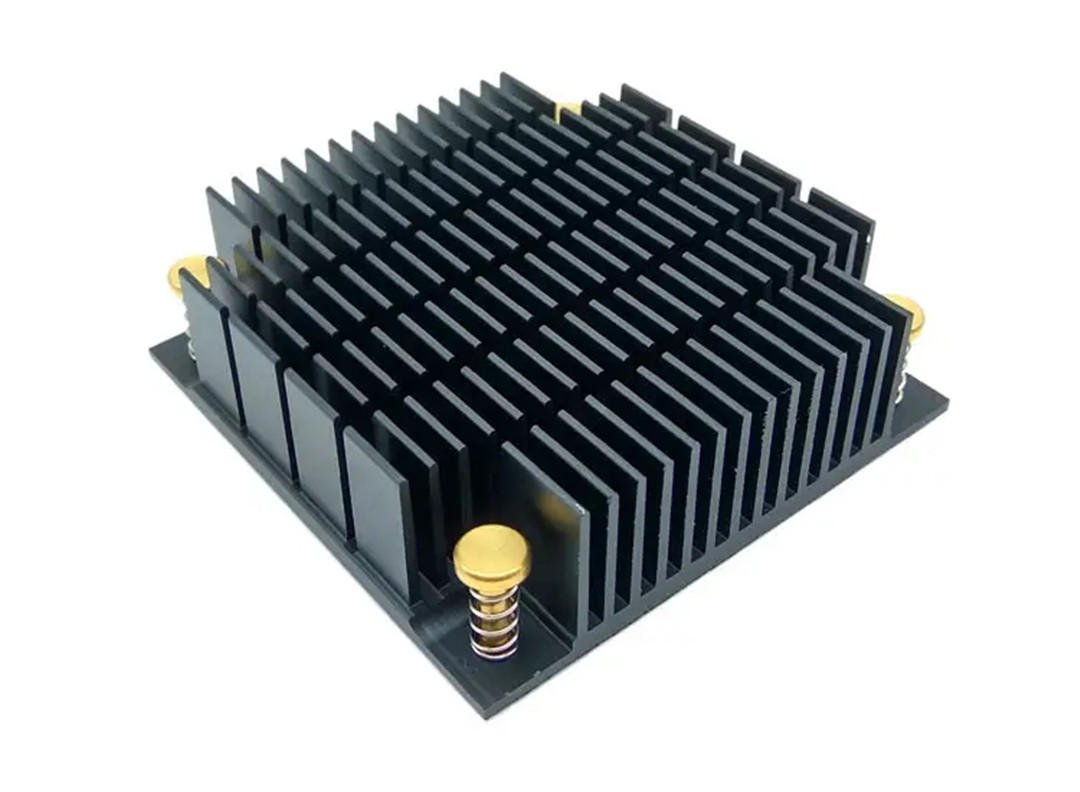
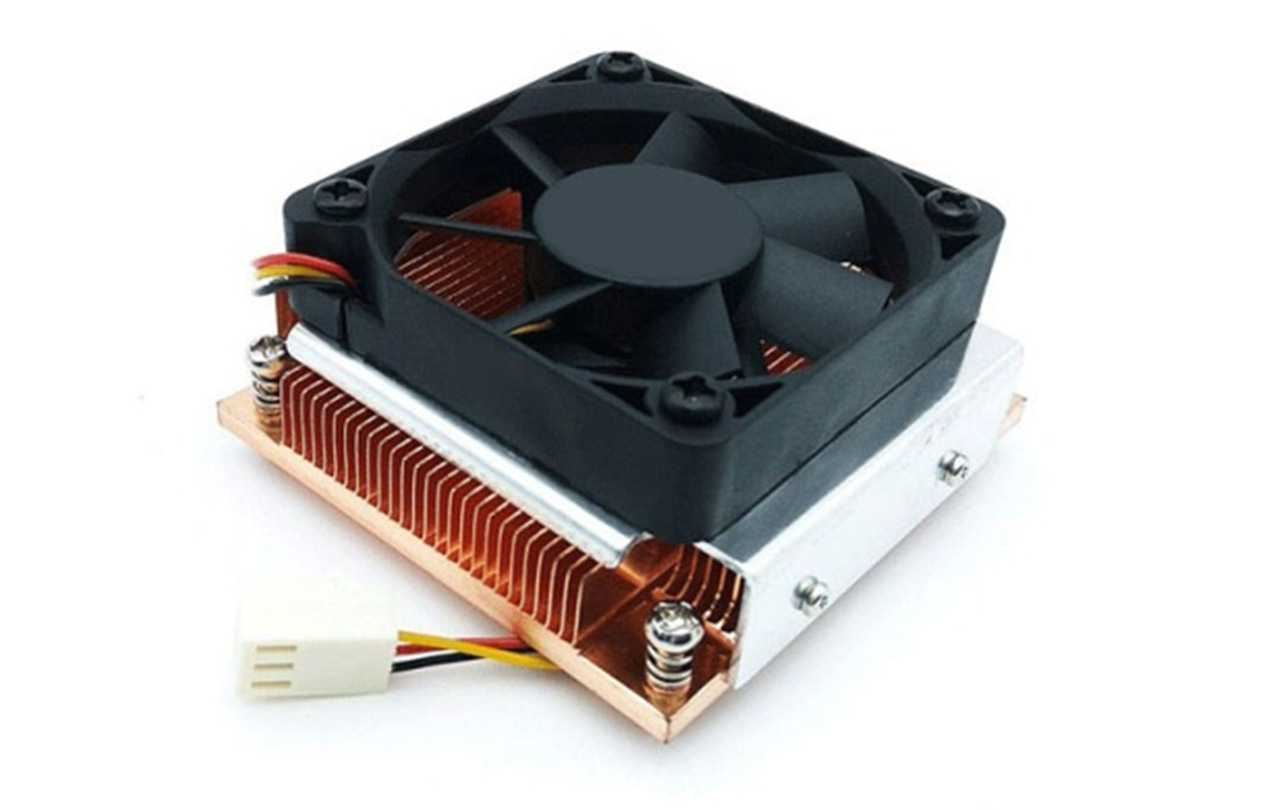
Active Heat Sink
A heat sink use additional auxiliary devices to increase heat convection to improve heat transmission, we often call it active heat sink, the auxiliary device can be cooling fan, blower or a metal tube filled with liquid coolant.
Heat Pipe Heat Sink Principle
When passive heat sink cann’t meet the heat dissipation requirements, heat pipe heat sink is another improve method for thermal solution.
A heat pipe is a vacuum sealed copper tube, inside the copper tube is an inner wick lining that acts as a capillary material for a small amount of fluid. The heat input vaporizes the working fluid in liquid form at the wick surface in the evaporator section.Vapor and its associated latent heat flow toward the colder condenser section, where it condenses, giving up the latent heat. Capillary action then moves the condensed liquid back to the evaporator through the wick structure. Essentially, this operates in the same way as to how a sponge soaks up water.So the heat pipe can quickly transfer the heat away from the heat source. It is widely used for thermal management, normally used together with aluminum block or fins.

Heat Sink Custom Manufacturer
Famos Tech as a leading heat sink manufacturer, provide OEM & ODM customize service , focus on custom heat sink over 15 years, help you resolve your heat dissipation requirements. We are professional thermal solution provider, we will recommend and design for you, from prototype heat sink to mass production, one stop service .
Types of Heat Sink
In order to meet different heat dissipation requirements, our factory can produce different type heat sinks with many different process, such as below:
Post time: Jan-09-2023

